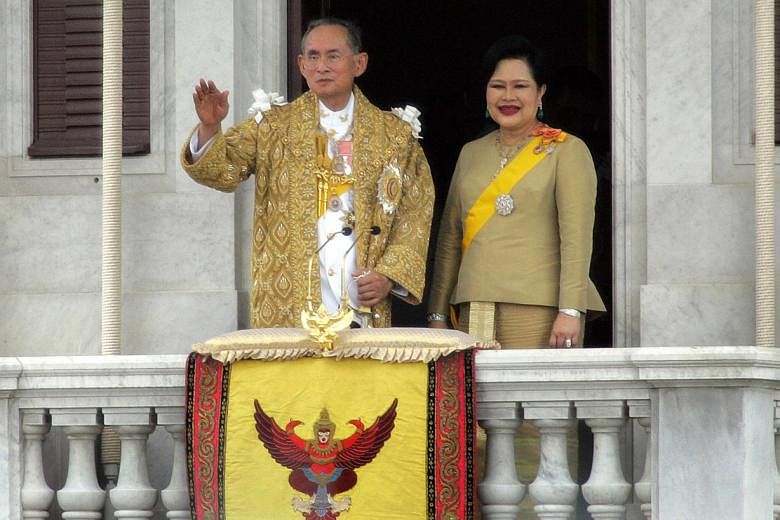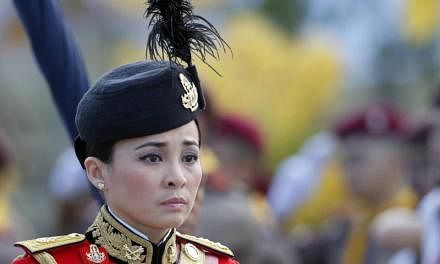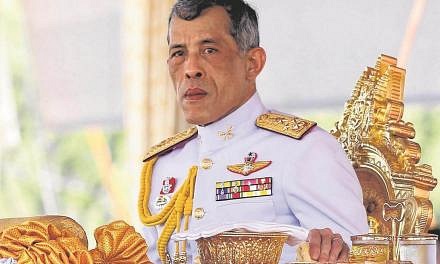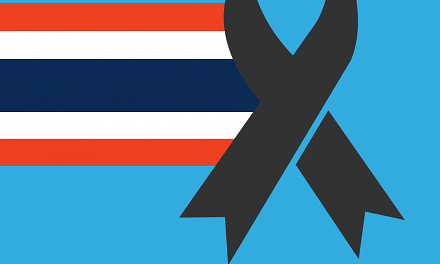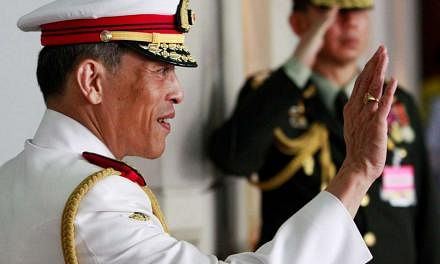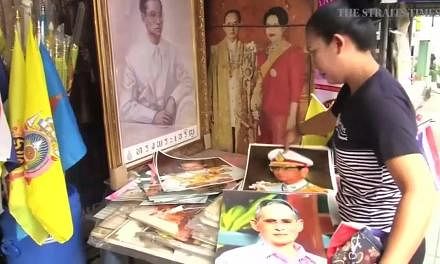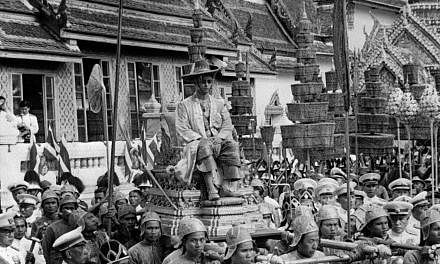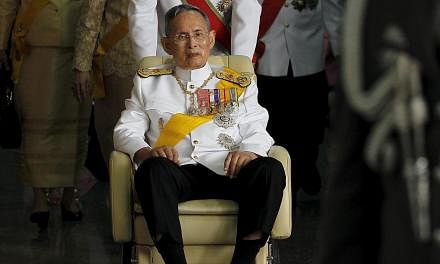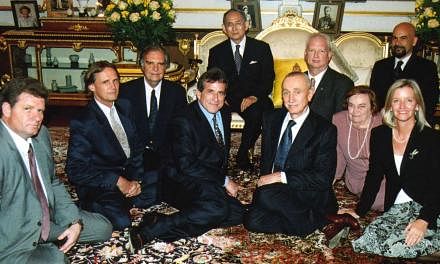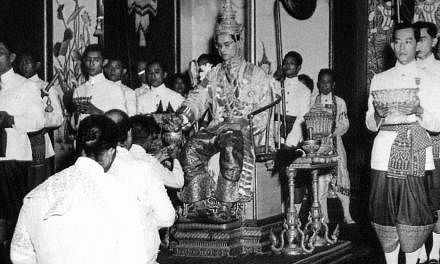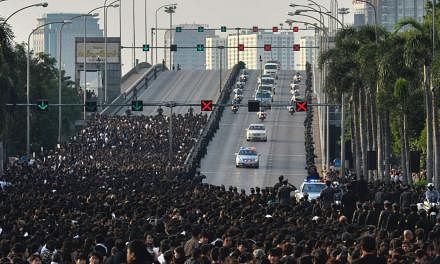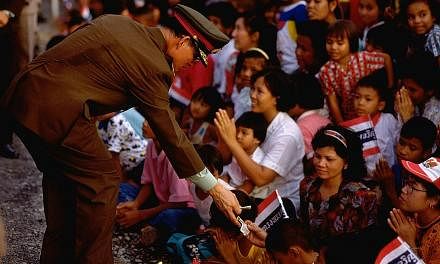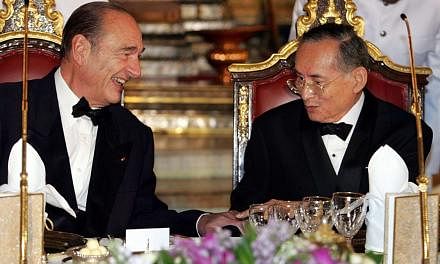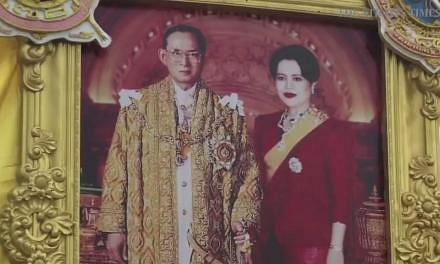June 9, 1946: 20-year-old King Ananda Mahidol is found dead in his palace bedroom in Bangkok, with a single gunshot wound in the head from a Colt .45 he kept by his bedside. His death shocks the nation. Within hours, his brother Bhumibol Adulyadej, 18, is named the new king. But the latter returns to Switzerland to continue his studies while an uncle acts as Regent.
The case is later ruled as murder, and two royal servants and a personal secretary of the late King are convicted and executed for plotting to assassinate him.
October 1948: Bhumibol is injured in a car crash in Switzerland, losing his right eye.
May 5, 1950: Bhumibol, then 22 years old, has returned to Bangkok and is officially crowned King. He is married to Sirikit Kitiyakon, 17, whom he met when she and her family were living in Paris where her father was based as Thailand's Ambassador to France.
Oct 14, 1973: Pro-democracy students demand the end of the regime of military dictator Thanom Kittikachorn, sparking a military crackdown. King Bhumibol opens the gates of Chitralada Palace to the students fleeing the crackdown. The official death toll is 77. The King later goes on television to announce that the dictator has resigned.
Oct 6, 1976: The return of Thanom in September causes widespread student protests. A large protest is held inside Thammasat University from Oct 4. On the morning of Oct 6, security forces and right-wing extremists storm into the compound. 46 students are killed but the King does not appear to interfere. A series of coups d'etat and counter-coups follow in 1977, 1980, 1981, 1985 and 1991. The King also does not appear to interfere in any of them.
May 1992: Huge protests led by retired general Chamlong Srimuang break out against military coup leader Suchinda Kraprayoon who was selected as Prime Minister in April. As Bangkok descends into anarchy, the King is silent for days but later summons the warring men for a televised lecture. He is even handed, avoiding blame. The conflict is cooled and Suchinda resigns. It is the most direct and visible intervention in politics, with the King's moral authority dramatically confirmed.
April 2006: After weeks of tightening political deadlock and a failed election, King Bhumibol tells judges that the judiciary should take a hand in sorting out the political "mess''. This triggers an era of judicial activism in politics.
June 2006: Monarchs from around the world gather in Bangkok to mark the 60th anniversary of King Bhumibol's reign. Up to three million Thais throng historic Bangkok to see him drive past and appear in public.
September 2006: King Bhumibol receives army chief General Sonthi Boonyarataglin who has removed prime minister Thaksin Shinawatra's government in a coup d'etat.
May 2014: Army chief General Prayut Chan-ocha, after seizing power on May 22, dislodging another Thaksin-backed government, receives the essential Royal endorsement from the King.



